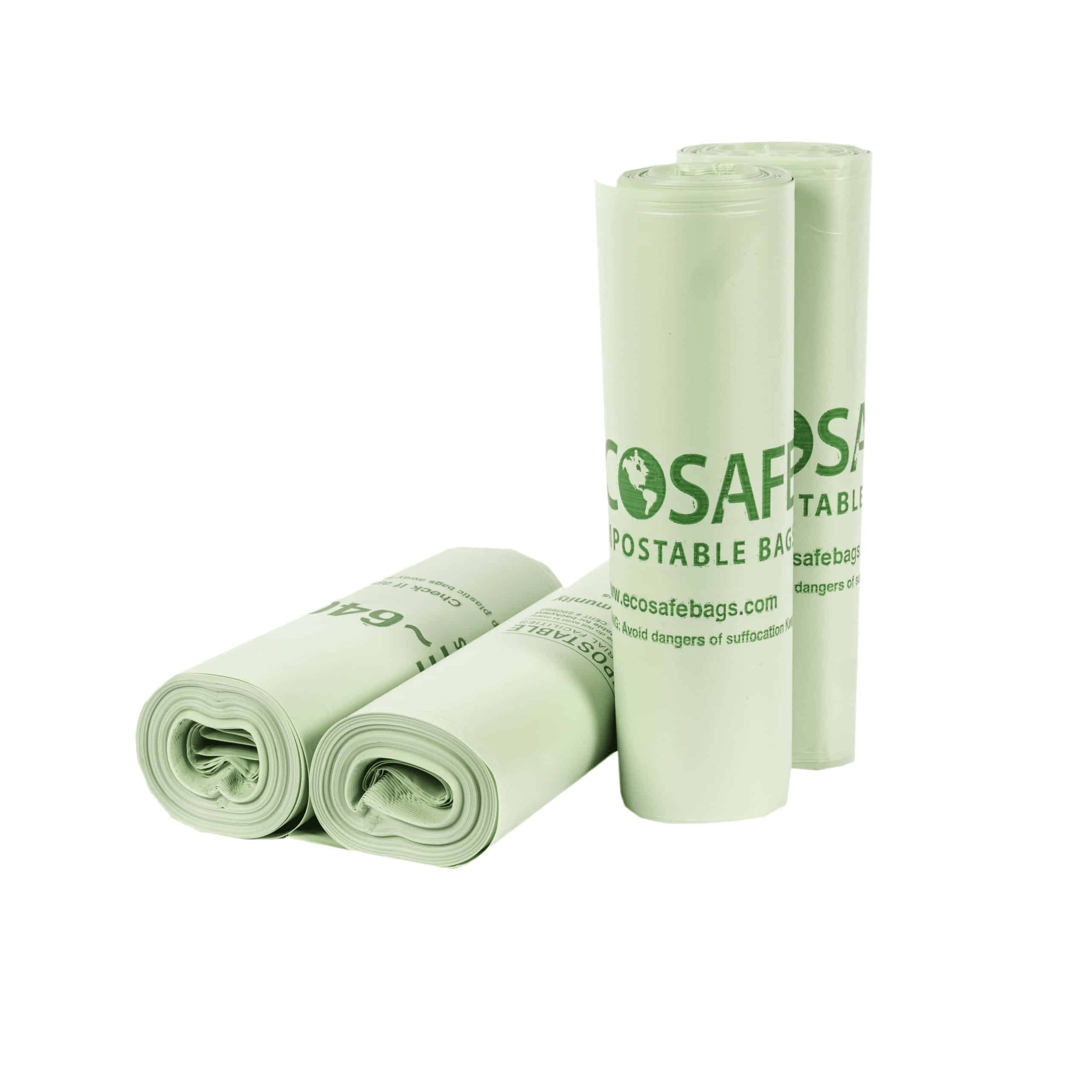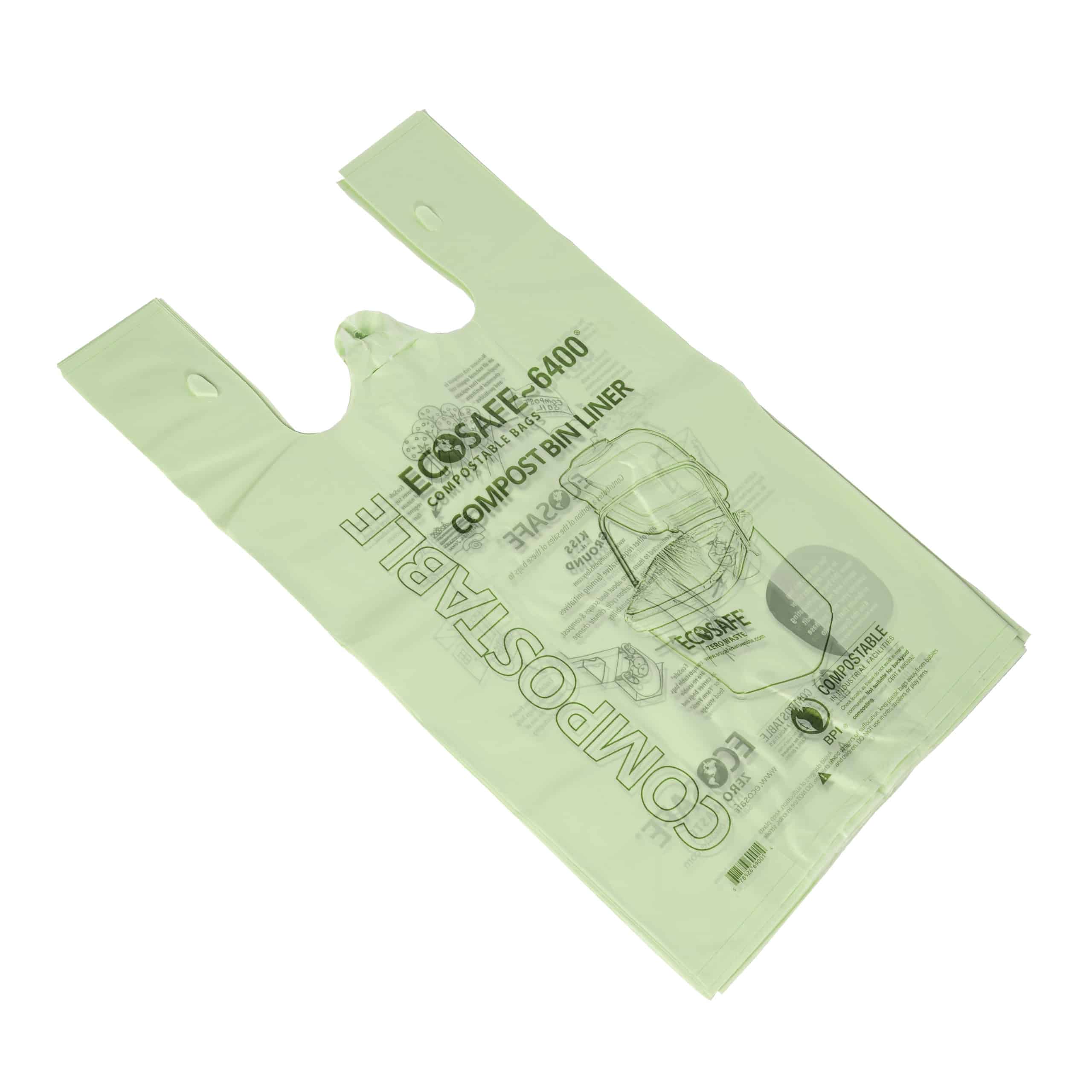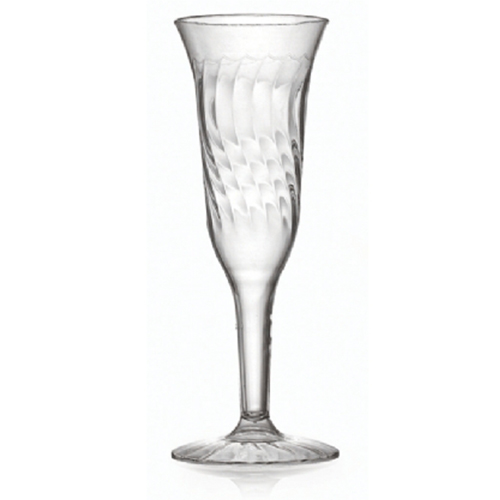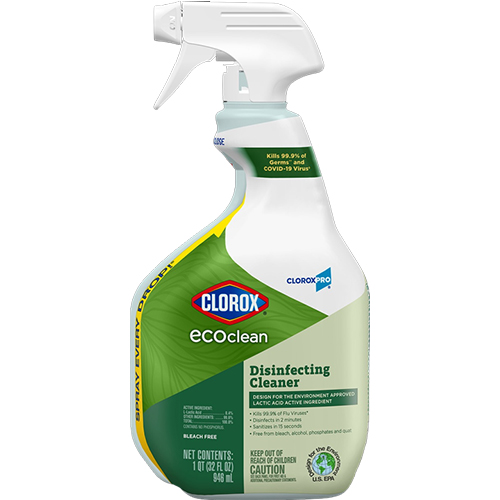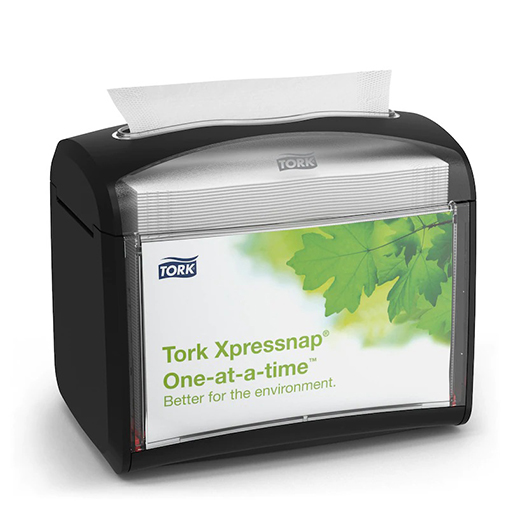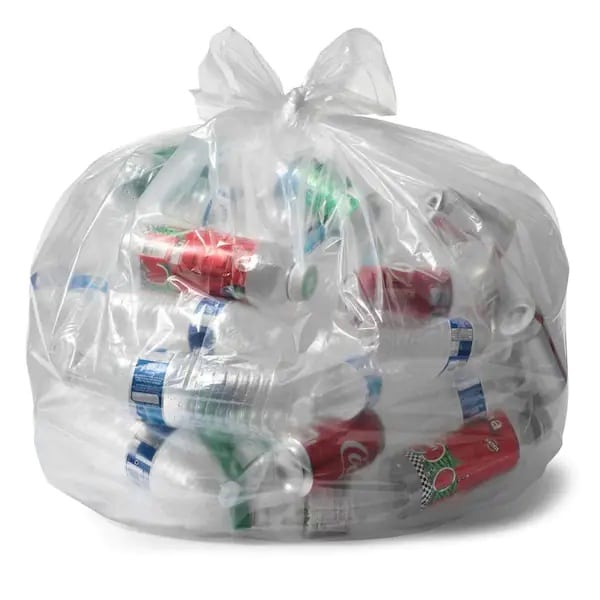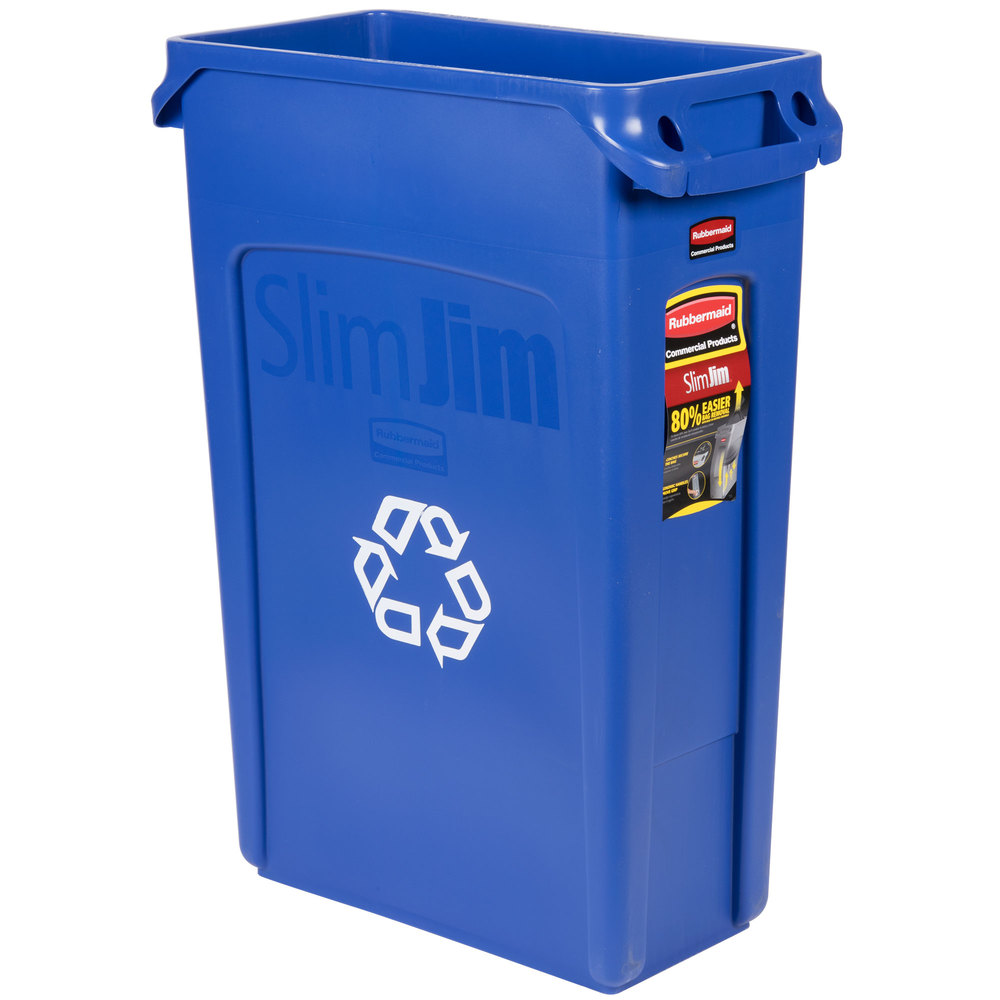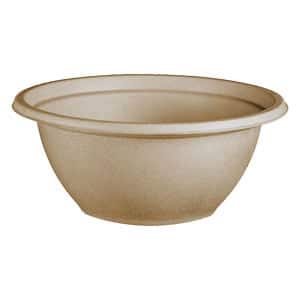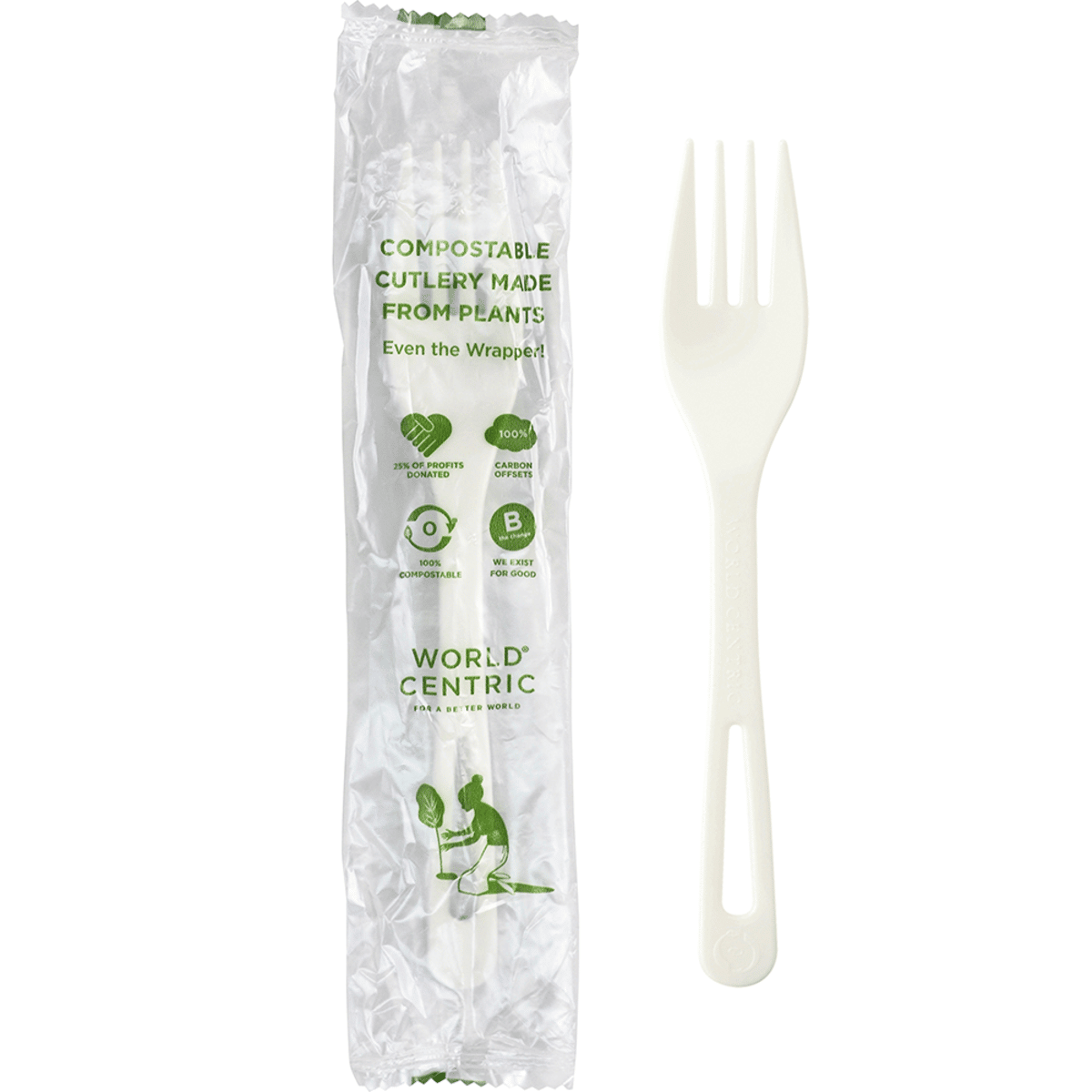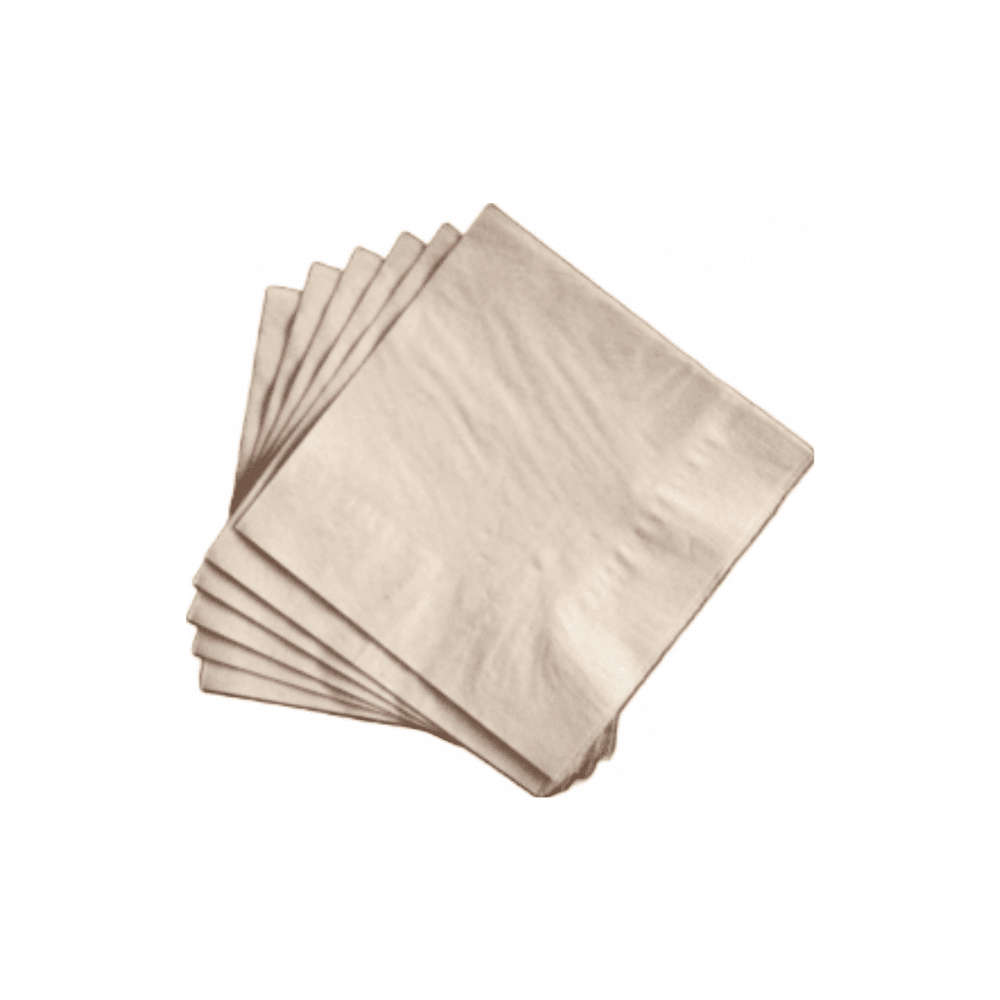Material Summary – CPET (Crystallized Polyethylene Terephthalate)
An In-Depth Exploration of CPET: Origins, Properties, Manufacturing, and Future Outlook
Crystallized Polyethylene Terephthalate (CPET) represents a specialized form of PET (Polyethylene Terephthalate) that has garnered significant attention for its high-temperature resistance and versatility. If you’ve ever purchased a frozen or oven-ready meal packaged in a rigid, heat-tolerant container, chances are it was made of CPET. Behind that unassuming container is a remarkable polymer science story that marries the strength, flexibility, and clarity of PET with a crystalline structure that enables usage in high-temperature applications.
In a world increasingly concerned about material sustainability, recycling options, and consumer convenience, CPET stands out as a crucial material. From ready-to-eat meals and microwave-safe trays to industrial usages in electronics and medical applications, CPET’s unique properties have cemented its place across multiple sectors. This comprehensive blog post delves into CPET’s origins, science, manufacturing techniques, properties, applications, and end-of-life disposal—providing you with a full 360° view of this vital polymer.
Table of Contents
- Introduction to CPET
- Background and Discovery
- The Science Behind CPET
- Manufacturing Process
- Key Properties of CPET
- Applications Across Various Industries
- Disposal and Recycling Processes
- Environmental Considerations
- Comparisons: CPET vs. Other Materials
- Innovations and Future Outlook
- Best Practices for Manufacturers and Consumers
- Conclusion
1. Introduction to CPET
CPET, or Crystallized Polyethylene Terephthalate, is a variation of the widely used thermoplastic polymer PET. While standard PET is known for its transparency and is commonly used in beverage bottles and food packaging, CPET undergoes a special process that modifies the polymer’s structure, conferring a higher degree of crystallinity. This crystallinity translates into enhanced thermal stability, making CPET suitable for high-temperature applications—most notably, containers that can withstand oven or microwave heating.
PET itself is derived from combining ethylene glycol and terephthalic acid or its dimethyl ester (DMT). When the polymer chains in PET are oriented and then heat-treated, specific crystalline regions form, giving rise to the unique subset of PET known as CPET. As the name implies, the “C” stands for “crystallized” or “crystalline.” The level of crystallinity is crucial, as it directly affects how the material behaves under heat stress.
Although CPET has been around for a few decades, continuous advancements in polymer processing techniques, packaging demands, and environmental regulations have spurred renewed interest in the material. From a sustainability perspective, CPET is often lauded for its compatibility with existing recycling streams for PET, allowing for a more circular life cycle compared to certain other specialized plastics. As consumer trends shift toward convenience foods and ready-to-eat meals, CPET’s role becomes more prominent in bridging the gap between functionality, safety, and recyclability.
2. Background and Discovery
Before diving into the science of crystallization and the modern uses of CPET, it’s helpful to lay out the historical and scientific background that led to CPET’s development.
2.1 PET: A Brief History
Polyethylene terephthalate, or PET, was first patented in the mid-20th century by British chemists John Rex Whinfield and James Tennant Dickson, working for the Calico Printers’ Association. They discovered that polymerizing ethylene glycol and terephthalic acid produced a strong, transparent polyester. The earliest widespread application of PET was in fibers for textiles (often referred to as polyester), thanks to its strength and resilience.
Soon, PET’s versatility became evident. Its introduction into the bottling industry in the 1970s revolutionized beverage packaging, due to PET’s favorable combination of transparency, mechanical strength, and lightweight structure. Over time, modifications to PET emerged to suit different performance requirements—leading to the advent of CPET for heat-resistant uses, APET (Amorphous PET) for clarity, and others.
2.2 Emergence of Crystallized PET (CPET)
In its amorphous state, PET has limited high-temperature resistance, typically distorting or softening at temperatures above 70–80°C. Researchers recognized that by inducing a degree of crystallinity within the polymer matrix, PET’s heat stability could be markedly improved. This led to the development of crystallization techniques that involve heat setting and controlled quenching—essentially creating pockets of ordered polymer chains that can endure significantly higher temperatures.
By the late 1970s and early 1980s, CPET began to appear in food packaging applications that required ovenable or microwavable containers. Early adopters included frozen meal producers and airline catering services. These industries needed packaging that was both lightweight and capable of transitioning from freezer to oven or microwave without warping, cracking, or releasing harmful substances.
2.3 Growing Adoption in the Late 20th Century
Wider adoption of CPET took off as consumer lifestyles changed. Demands for convenience foods soared, and global packaging giants sought a polymer that could handle a range of temperatures while also being safe for direct food contact. The success of CPET in these early applications paved the way for further modifications and expansions into new sectors.
From a scientific perspective, the crux of CPET’s invention was the recognition that controlling the rate and degree of crystallization in PET could result in a robust, thermally stable polymer. Over the years, polymer scientists refined these crystallization processes—both in terms of manufacturing equipment and in the molecular additives that could help fine-tune crystallinity.
3. The Science Behind CPET
3.1 Molecular Structure and Crystallinity
PET’s basic repeating unit is derived from ethylene glycol (EG) and terephthalic acid (TPA). Each PET chain is composed of alternating ester bonds connecting these two core molecules. In a purely amorphous state, these chains are randomly oriented. However, when PET is heated to a specific temperature range under controlled conditions, segments of the polymer chains begin to align into organized, crystalline regions.
Crystallinity, in polymer science, generally refers to the fraction of the polymer that is ordered. The degree of crystallinity affects mechanical, optical, and thermal properties. In CPET, higher crystallinity imparts:
- Improved Thermal Stability: Crystalline regions are more resistant to heat distortion.
- Enhanced Rigidity: The ordered structure typically boosts stiffness.
- Reduced Transparency: As crystallinity increases, the material becomes more opaque.
Because CPET containers are often opaque or semi-opaque (ranging from milky white to grayish tones), you can usually distinguish them from clear APET or standard PET containers.
3.2 Glass Transition and Melting Temperatures
Two critical temperature benchmarks govern PET’s behavior:
- Glass Transition Temperature (Tg): The temperature at which the amorphous regions of the polymer transition from a glassy, rigid state to a more rubbery one. For PET, Tg is typically around 75–80°C.
- Melting Temperature (Tm): The temperature at which crystalline regions melt, typically around 255–260°C for PET. For CPET, the effective service temperature is well below Tm but significantly higher than Tg because the crystalline domains maintain structural integrity up to around 200°C (or slightly more) depending on specific formulations.
The presence of crystallinity essentially lifts the polymer’s usable temperature range. As a result, CPET trays and containers can handle cooking or reheating tasks without collapsing or deforming. However, prolonged exposure at extremely high temperatures can eventually lead to partial melting or mechanical weakening, which must be considered during design.
3.3 Role of Nucleating Agents and Additives
Achieving the right level of crystallinity in PET often requires additives or “nucleating agents” that help initiate and control crystal formation during the thermal processing. Common nucleating agents might include inorganic fillers like talc or proprietary formulations designed to optimize crystal growth. These agents reduce cycle times in production and ensure more uniform crystallization throughout the material.
Additionally, colorants, impact modifiers, and other functional additives may be used to enhance the final properties or appearance of CPET. For instance, some CPET food trays have pigments that help with product branding or consumer aesthetics, while also imparting certain protective features like reducing light transmission to preserve food quality.
4. Manufacturing Process
4.1 Extrusion and Sheet Formation
The manufacturing of CPET typically begins with PET resin pellets (already containing the necessary additives or nucleating agents). These pellets are fed into an extruder, where they are melted. The molten PET is then forced through a die to form a continuous sheet of material.
The extruder temperature, screw design, and process speed are all carefully controlled to ensure a uniform melt and incorporation of additives. Subsequently, the sheet passes through rollers to achieve a specific thickness, surface finish, and partial orientation of polymer chains.
4.2 Thermoforming and Crystallization
Once a PET sheet with the right composition is produced, it moves on to the thermoforming stage, where the material is heated to a temperature slightly above Tg but below Tm. Under vacuum or pressure, the warm, pliable sheet is shaped over a mold corresponding to the desired container or tray design.
Immediately after forming, the material is subjected to a controlled cooling and heating regime—often referred to as “heat setting” or “crystallizing”—to induce crystallinity. At this point, the nucleating agents do their work, encouraging polymer chains to lock into ordered regions. The cycle times and temperatures must be finely tuned: too little heat, and crystallinity remains suboptimal, leading to poor thermal performance; too much heat, and the material may degrade or warp.
4.3 Trimming, Inspection, and Finishing
Once the containers are thermoformed and crystallized, they are trimmed to remove excess material (also known as flash). Trimming can be performed through mechanical or laser-guided systems for precision. The trimmed containers undergo quality control checks—evaluating factors like dimensional accuracy, crystallinity level, and surface appearance.
In many production lines, the scrap or off-cuts are reground and recycled back into the process, provided the material properties remain intact. This regrind can be combined with virgin resin, offering an internal recycling loop that reduces waste and lowers material costs.
4.4 Post-Processing Treatments
Depending on the application, CPET containers might undergo additional steps:
- Coating or Lamination: Some trays receive thin barrier layers to improve shelf life for oxygen- or moisture-sensitive foods.
- Decoration and Labeling: Brand logos, usage instructions, or marketing copy can be printed or embossed directly onto the material.
- Secondary Assembly: In certain products, lids or additional inserts may be attached in a separate process to create multi-compartment containers.
After these final touches, the CPET packaging is typically stacked, wrapped, and shipped to end-users—often food manufacturers or distributors seeking a robust, heat-tolerant packaging solution.
5. Key Properties of CPET
Understanding CPET’s properties helps clarify why the material is so widely used in high-temperature and demanding applications. Below is a closer look at the salient features of CPET.
5.1 Thermal Performance
Arguably CPET’s most defining property is its elevated temperature capability. Typical CPET trays can endure temperatures up to around 200°C (392°F) for short durations, making them suitable for conventional oven, microwave, and sometimes even broiler use (though direct contact with heating elements is discouraged). This resilience allows for:
- Freezer-to-oven cooking convenience
- Microwave reheating without significant warping
- Maintenance of structural integrity during extended warming periods
Not all CPET formulations are identical; some are rated for slightly higher or lower maximum temperatures. Additionally, real-world performance can vary if the tray is filled with oils or fats that conduct heat more efficiently, or if the container experiences direct contact with a heating element.
5.2 Impact Resistance and Strength
While CPET is not as robust as some high-performance engineering polymers, it does exhibit good impact resistance for packaging contexts. Crystalline domains help the material withstand knocks or drops, especially when frozen. This robustness is particularly advantageous in cold chain logistics for pre-packaged meals, where packaging must endure a range of handling situations before reaching the consumer.
5.3 Barrier Properties
CPET inherits much of PET’s inherent barrier characteristics, offering moderate protection against oxygen and moisture ingress. Some formulations further include barrier coatings or co-extruded layers (e.g., EVOH) to enhance shelf life for more sensitive foods. While not as impermeable as specialized barrier materials like aluminum foil or certain multi-layer laminations, CPET typically satisfies the barrier requirements for most refrigerated or frozen meals.
5.4 Chemical Resistance
Polyesters in general, including CPET, show good resistance to many acids, bases, and hydrocarbons. While strong acids or certain organic solvents can cause degradation over prolonged exposure, CPET is generally stable enough to store a wide variety of food products, including those with acidic sauces, dressings, or marinades.
5.5 Food-Safe and FDA Compliance
CPET is commonly used for direct food contact and is generally recognized as safe (GRAS) by regulatory bodies such as the U.S. Food and Drug Administration (FDA). Unlike some plastics that may release harmful plasticizers or endocrine disruptors at high temperatures, CPET—when manufactured correctly—does not typically pose such risks. Nevertheless, manufacturers must adhere to strict purity and quality control measures to ensure compliance.
5.6 Aesthetic and Design Flexibility
Although CPET is typically opaque, it can be tinted or colored during the manufacturing process. This aesthetic adaptability allows for brand differentiation. Furthermore, the thermoforming process permits a wide range of shapes and compartmental designs, making CPET a popular choice for portion-controlled, multi-compartment meal trays.
6. Applications Across Various Industries
While CPET finds its most prominent use in food packaging, its advantageous properties have led to adoption across multiple industries. Below is a closer look at the main sectors that rely on CPET and how they benefit from it.
6.1 Food and Beverage Sector
The most visible and widespread usage of CPET is undoubtedly in ready-to-eat or ready-to-heat meals. Frozen entrees, microwave-safe trays, and oven-safe containers dominate grocery store freezer aisles worldwide. CPET’s reliability in transitioning from low to high temperatures—without losing structural integrity—has revolutionized convenience foods.
Major restaurant chains and airlines also adopt CPET-based packaging for hot meals, reducing the risk of spills or container failures during transport. In addition, CPET lids and film seals (though often made of other plastic types) can be used alongside CPET trays to create fully sealed, tamper-evident packaging.
6.2 Healthcare and Medical Devices
In medical settings, CPET’s chemical resistance, clarity variations, and strength make it a valuable material for certain device components and sterile packaging solutions. Some CPET formulations can withstand ethylene oxide (EtO) sterilization processes, though specialized engineering plastics often overshadow CPET in more demanding applications (e.g., surgical instruments that require autoclaving).
6.3 Electronics and Electrical Components
While not as common as engineering polymers like polycarbonate or PPS (polyphenylene sulfide), CPET can be employed in electronics packaging or device housings where moderate heat resistance suffices. The reduced risk of deformation under typical operational temperatures makes CPET an option for lower-heat electronic components.
6.4 Industrial and Manufacturing Uses
In certain industrial processes, CPET sheets or formed parts can serve as protective containers or trays, especially where repeated heating cycles are needed. These could involve drying, curing, or assembly lines that expose parts to moderate heat. CPET’s cost-effectiveness relative to high-end engineering resins makes it attractive for these niche applications.
6.5 Promotional and Special-Event Packaging
Brands may choose CPET for limited-edition packaging, particularly for seasonal or promotional meal kits that require oven or microwave use. The ability to colorize and shape CPET offers marketing departments creative freedom to highlight new products or special events while ensuring practical functionality.
Across all these applications, CPET typically competes with other heat-resistant polymers or multi-layer laminates. However, the synergy of PET’s established recycling pathways, adequate barrier properties, and temperature resilience often gives CPET a unique advantage—particularly in the food sector where these attributes are paramount.
7. Disposal and Recycling Processes
Sustainability has become a central concern in today’s packaging landscape, making the end-of-life fate of plastics a critical discussion point. CPET, like standard PET, can be recycled under certain conditions, although there are nuances to be aware of.
7.1 Recyclability of CPET
In principle, CPET is chemically similar to standard PET, so it can be recycled. However, the higher crystallinity and potential presence of additives or coatings can affect its reprocessing. Many curbside recycling programs accept CPET trays, especially if they are labeled with the resin identification code “#1” for PET. That said, the actual acceptance of CPET in recycling streams can vary by municipality, owing to differences in sorting technology and market demand for recycled PET.
Typically, CPET is less abundant in the recycling stream compared to PET bottles, which represent a large volume of easily identifiable, high-value recyclables. CPET’s colored or opaque nature can also complicate sorting, as many recycling facilities rely on optical scanners that may not always differentiate CPET from other opaque plastics.
7.2 Material Recovery and Reprocessing
Once collected, CPET items undergo the following steps:
- Sorting and Baling: Facilities use infrared scanners or manual inspection to separate PET/CPET from other plastics.
- Shredding and Washing: The sorted material is shredded into flakes, which are then washed to remove labels, food residues, or contaminants.
- Re-Pelletizing: Clean, uncontaminated flakes can be melted and extruded into pellets. However, the presence of crystallizing agents might alter the melting behavior slightly compared to standard PET.
- End Markets: The recycled material (rPET) can be turned into new packaging, textiles (polyester fibers), or industrial components.
Contamination with food waste, adhesives, or other plastics is a significant challenge. Proper rinsing and sorting by consumers can enhance the quality and viability of recycled CPET.
7.3 Incineration and Waste-to-Energy
In regions lacking robust recycling infrastructure, CPET may end up in waste-to-energy incinerators. Incineration recovers some energy from the plastic’s combustion, though it also generates greenhouse gases and potential pollutants if not effectively filtered. Thermal recycling strategies are often a last-resort option when material recovery is not feasible.
7.4 Landfilling
As with most plastics, CPET is not biodegradable. If it ends up in a landfill, it can persist for decades, possibly centuries. Landfilling is widely viewed as the least sustainable outcome for CPET, underscoring the need for better design, consumer education, and recycling infrastructure.
7.5 Emerging Alternatives: Compostable Liners and Hybrid Solutions
Some manufacturers experiment with hybrid solutions—combining a CPET tray with compostable or paper-based liners to reduce the polymer volume. Once a meal is consumed, the paper or compostable liner can be separated from the CPET tray, simplifying disposal. However, these hybrid solutions can complicate recycling streams if the end-user doesn’t properly separate materials.
Ultimately, the success of CPET recycling hinges on robust collection systems, consumer participation, and advanced sorting technologies. Industry stakeholders continue to push for improved identification of colored CPET in recycling streams, which would enhance the overall recycling rate of these specialized containers.
8. Environmental Considerations
8.1 Life Cycle Assessments (LCAs)
Evaluating the ecological footprint of CPET requires a holistic view from cradle to grave—covering raw material sourcing, manufacturing, distribution, usage, and disposal. While LCAs can vary based on specific assumptions, several consistent themes emerge:
- Resource Extraction: Producing PET resin relies on petrochemicals, typically derived from natural gas or crude oil. Efforts to incorporate bio-based feedstocks into PET production are ongoing, but remain niche.
- Energy Use: The crystallization process for CPET adds steps (and thus energy consumption) beyond basic PET production. However, advanced manufacturing methods are improving efficiency.
- Transportation: CPET’s lightweight nature relative to glass or metal reduces shipping fuel usage.
- Disposal: Recycled CPET can offset virgin resin usage, lowering overall environmental impact. Landfilling or incineration yields higher footprints.
Overall, CPET’s advantage in reducing food waste (by extending shelf life and enabling convenient cooking) can offset some of its manufacturing impacts. For instance, if a tray helps a consumer avoid discarding a meal, the environmental benefits related to reduced food waste might outweigh the plastic production footprint, considering the high environmental cost of wasted food.
8.2 Consumer Behavior and Waste Reduction
A significant factor in CPET’s environmental profile is how consumers use and dispose of the material. Properly cleaned and recycled trays have a much smaller ecological footprint than those tossed into landfills. Consumer education—labeling, instructions, and easily accessible recycling programs—is therefore critical to maximizing CPET’s sustainability potential.
8.3 Comparisons to Alternatives
When comparing CPET to competing materials for ovenable or microwavable containers—like aluminum foil trays or polycarbonate—CPET generally scores well in terms of cost, safety, and recycling compatibility. Aluminum is highly recyclable but often ends up contaminated with food waste; glass, while infinitely recyclable, is heavier and less practical for single-use convenience packaging.
Thus, while CPET is not biodegradable or compostable, it fits into many existing recycling streams, provided the supply chain invests in the right technologies. With improved closed-loop recycling, CPET can approach a more circular lifecycle.
9. Comparisons: CPET vs. Other Materials
CPET’s role in the packaging world becomes clearer when pitted against alternatives that serve similar end-use needs. Here’s a quick rundown of how CPET stacks up against some key contenders:
9.1 CPET vs. APET (Amorphous PET)
- Temperature Resistance: APET is limited in high-temperature scenarios, often distorting above 60–70°C, while CPET tolerates up to 200°C or more.
- Clarity: APET is prized for its crystal-clear appearance, while CPET is opaque due to crystallinity.
- Recycling: Both are PET-based and can be recycled similarly, although the coloration of CPET may create sorting challenges.
9.2 CPET vs. PP (Polypropylene)
- Heat Resistance: PP can also handle microwave and moderate oven temperatures, though specialized forms of PP are needed for direct oven use. CPET generally outperforms PP in high-heat scenarios.
- Barrier Properties: CPET often has better overall barrier properties than standard PP, though PP can be co-extruded with barrier layers.
- Recyclability: PP is labeled as resin code #5, separate from PET (#1). Infrastructure for PP recycling is improving but still lags behind PET in many regions.
9.3 CPET vs. Aluminum Foil Containers
- Weight and Flexibility: Aluminum trays can be lightweight but are more prone to bending and tearing during handling.
- Recyclability: Aluminum is highly recyclable if clean, but contamination rates can be high. CPET recycling depends on local PET streams.
- Microwave Compatibility: Aluminum is not microwave-safe, limiting its use. CPET is suitable for both microwave and conventional ovens.
9.4 CPET vs. Bioplastics (e.g., PLA, PHA)
- Heat Tolerance: Most bioplastics like PLA degrade or deform at much lower temperatures, making them unsuitable for conventional oven use.
- End-of-Life: Bioplastics may be compostable, but typically require industrial facilities for proper degradation. CPET is recyclable, though not biodegradable.
- Cost and Scale: CPET benefits from PET’s extensive global infrastructure, while many bioplastics are still scaling up and can be costlier.
Each material has its strengths and weaknesses. CPET’s real advantage lies in its combination of heat tolerance, wide availability, and alignment with well-established PET recycling processes, making it the go-to polymer for many high-temperature packaging needs.
10. Innovations and Future Outlook
10.1 Enhanced Recycling Technologies
One of the biggest hurdles for CPET is sorting at recycling facilities. However, the advent of improved optical scanning technologies promises better identification and separation of colored or opaque PET. Additionally, chemical recycling—breaking down PET into its monomers—could enable higher-quality recycling loops, opening the door to repeated reuse of CPET feedstock without significant downgrading.
10.2 Bio-Based PET Resins
Research into bio-based feedstocks for PET (such as plant-derived ethylene glycol or biobased terephthalic acid) could eventually yield a greener CPET. By decoupling from fossil fuels, the entire life cycle of CPET might achieve a lower carbon footprint. Although commercial-scale production of 100% bio-based PET remains limited, partial bio-based PET is already available in some markets.
10.3 Lightweighting and Multi-Layer Structures
Manufacturers continuously seek to reduce material usage while maintaining performance. “Lightweighting” efforts include decreasing wall thickness or employing multi-layer structures that incorporate other polymers or barrier materials only where needed. Such hybrid solutions can lower costs and improve overall resource efficiency, though they can complicate recycling if not designed for easy separation.
10.4 Smart and Active Packaging
Advances in packaging technology hint at the possibility of embedding sensors or active compounds in CPET trays to monitor freshness, control odors, or release preservatives. While still in its infancy, this direction could transform convenience meals from passive packaging to dynamic solutions that enhance food safety and shelf life. The primary challenge is ensuring that added components remain safe under high heat.
10.5 Integration into Circular Economy Models
As industries worldwide adopt circular economy principles, CPET producers and users are likely to focus on closed-loop systems. This involves reclaiming CPET containers, recycling them into new CPET feedstock, and repeating the cycle. Stronger partnerships between polymer manufacturers, packaging companies, and waste management facilities can facilitate these goals. Governments, too, play a role by incentivizing recycling through legislation and supporting R&D on advanced sorting techniques.
Overall, the trajectory for CPET is one of incremental but meaningful improvements. Balancing convenience with sustainability will remain a key challenge—and opportunity—in the coming years.
11. Best Practices for Manufacturers and Consumers
11.1 For Manufacturers
- Formulation Control: Choosing the right nucleating agents and additives to achieve optimal crystallinity without sacrificing recyclability is paramount.
- Design for Recycling (DfR): Avoid overly complex multi-layer or multi-material structures that hinder end-of-life processing. Use easily removable labels or sleeves.
- Quality Management: Maintain consistent crystallization temperatures and hold times. Ensure thorough mold design to minimize weak spots or uneven walls.
- Collaboration with Recyclers: Engage with local recycling facilities to confirm acceptance of CPET trays and to refine labeling or sorting instructions.
11.2 For Food Brands and Retailers
- Clear Instructions: Label packaging with explicit cooking and disposal guidelines. This can reduce improper usage or contamination.
- Emphasize Recyclability: If your tray is recyclable in local facilities, highlight this on the packaging. Consider on-pack recycling logos or QR codes directing consumers to more info.
- Portion Control: Use CPET’s robust structure to design portion-specific compartments, minimizing food waste and enhancing consumer convenience.
- Sustainability Audits: Periodically review supply chain choices, including resin suppliers, to ensure they adhere to environmental best practices.
11.3 For Consumers
- Check Local Guidelines: Confirm if your municipality accepts CPET containers in curbside recycling. Thoroughly rinse and dry trays before disposal.
- Safe Usage: Adhere to recommended temperature limits. Avoid placing CPET containers directly on broiler elements or stovetops.
- Reuse Options: In some cases, CPET trays can be repurposed for short-term storage or as drip trays. However, repeated high-temperature exposures can degrade the material over time.
- Educate Others: Spread the word about CPET’s recyclability. Encourage family, friends, or coworkers to look for the PET (#1) code or recycling instructions on trays.
By following these guidelines, all stakeholders—manufacturers, brands, and consumers—can maximize the lifespan, safety, and recyclability of CPET packaging, aligning with a more circular and responsible plastic economy.
12. Conclusion
Crystallized Polyethylene Terephthalate (CPET) stands as a pivotal innovation in the world of polymer science—merging the well-known benefits of PET with the high-temperature tolerance demanded by modern lifestyles. From humble beginnings in the mid-20th century to its current status as a staple for ovenable and microwaveable containers, CPET’s journey highlights how subtle manipulations in molecular structure can yield transformative new applications.
At its core, CPET’s ability to handle wide temperature swings—from freezing to heating—makes it an indispensable material for convenience-driven markets. Whether it’s the tray of a frozen lasagna that goes straight into the oven or a microwavable meal that can be safely reheated at work, CPET answers consumer demands for both ease and reliability. Simultaneously, for manufacturers, CPET opens avenues for designing robust yet lightweight containers that maintain product integrity throughout supply chains.
Challenges remain, of course. Recycling rates for CPET lag behind PET bottles, and the need for specialized sorting methods complicates recovery efforts. However, with ongoing improvements in scanning technology, chemical recycling, and consumer education, CPET holds the potential to fit seamlessly into existing PET recycling loops—thus lessening its environmental footprint.
Looking to the future, the material’s trajectory seems set for further growth, bolstered by continuous R&D efforts, government sustainability mandates, and the shift toward more advanced packaging systems. From exploring bio-based feedstocks to integrating smart sensor technologies for freshness indication, the development pipeline for CPET remains vibrant and open-ended.
In essence, CPET exemplifies the broader narrative of plastics that can adapt to and shape consumer trends. As convenience foods, takeout, and quick meals remain central to modern life, having a high-temperature-capable, food-safe plastic that recycles into the mainstream PET ecosystem is more valuable than ever. By embracing best practices—both in manufacturing and end-of-life management—we can ensure CPET continues to deliver its functional benefits without compromising environmental responsibility.
Word Count: ~5,000+ words (approx.)
Powered by BetterDocs



